




Students develop into proficient readers when they receive systematic and explicit instruction. A–Z for Mat Man® and Me offers both. The program’s instructional design is built on the premise that children learn best when skills are set in context of the “why.”
"The ease with which children acquire foundational skills in two domains of early literacy—code-focused skills (letter knowledge and phonemic awareness) and meaning-focus skills (oral language and comprehension)— shapes their future reading development.”
(Ortiz et al. 2012) 1





Lessons help readers identify letters, sounds, and words using pictures that allow them to explore the world around them.
• Explicitly teaches each letter’s name, sound, and form
• Develops graphemephoneme correspondences
• Provides the foundation for hearing sounds in words and recognizing words to decode
Lessons target specific story elements, helping students practice recall of the text while strengthening connections between letters, words, and ideas.
• Strengthens children’s attention to story element
• Develops their oral language as they discuss the stories
• Centers on a socialemotional habit that connects to the plot
Each student letter book is built with connected text, providing students with systematic letter and phonics patterns.
• Includes a mix of target letter-sound words, decodable words, sight words, and story words
• Stories with characters, settings, and plots that drive students’ thoughts and discussions
• Shared reading opportunities to get children to attend to print, letters, words, and ideas
1 The Componential Model of Reading: Predicting First Grade Reading Performance of Culturally Diverse Students From Ecological, Psychological, and Cognitive Factors Assessed at Kindergarten Entry. Journal of Learning Disabilities (Ortiz et al., 2012,45(5).406-417)

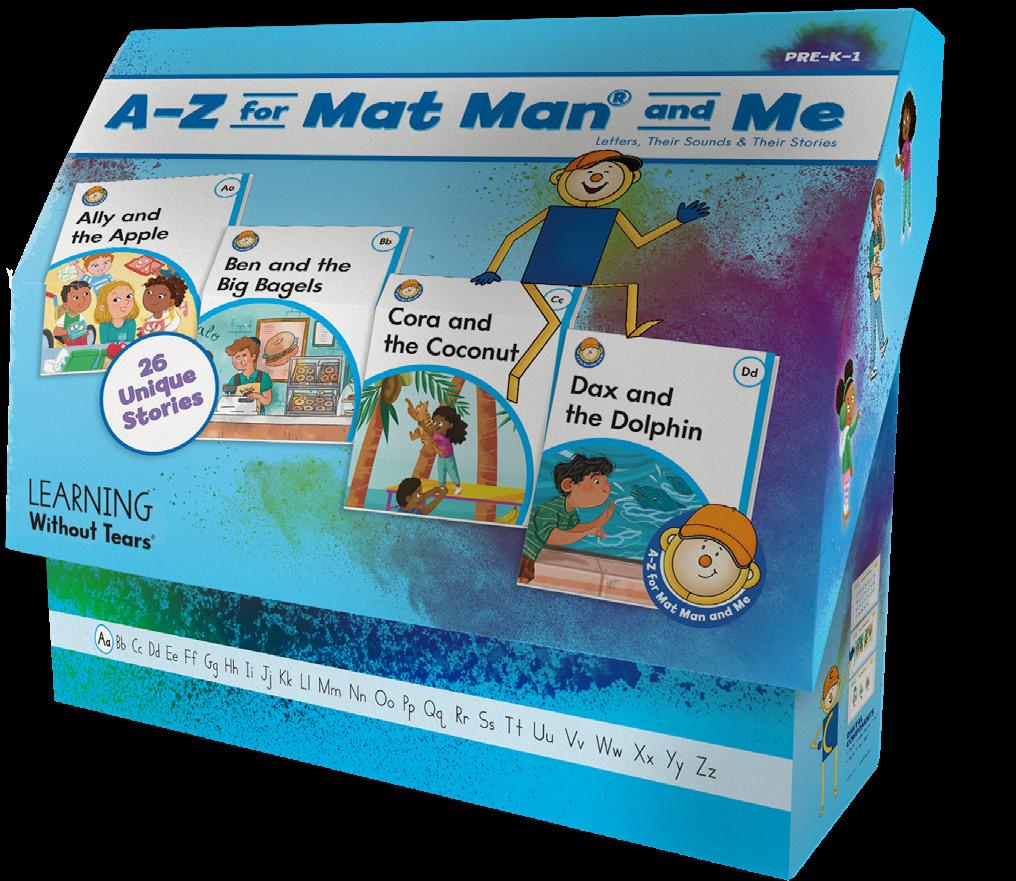
Build students' recognition of letters with practice books that provide meaningful activities aligned to instruction in each letter book.



Each of the 26 letter books guides students to letter-sound fluency through an engaging story told with vibrant pictures.






Build students' letter-sound correspondences with practice books that provide meaningful activities aligned to instruction in each letter book.










Get guidance on differentiating instruction in each letter lesson for emerging and developing readers.

A robust platform students can use for independent practice, including immersive, skill-building games and read-alouds for each letter story.
Start students' alphabet knowledge journey with this vibrant read-along book for teachers.






A digital dashboard with all program materials and everything teachers need to plan lessons.


Each student letter book contains a purposeful story told through connected text, providing students with the systematic letter and phonics patterns they need as they work toward reading comprehension.


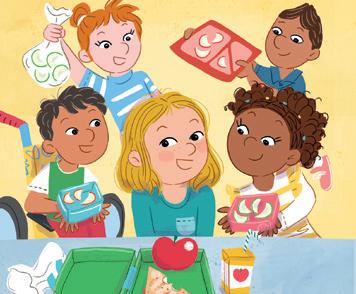

The student letter books tie learning together. Each story connects code-based foundational skills with meaning-based comprehension skills, making reading sessions purposeful and impactful.
• Includes a mix of target letter-sound words, decodable words, sight words, and story words
• Stories with characters, settings, and plots that drive students’ thoughts and discussions
• Shared reading opportunities to get children to attend to print, letters, words, and ideas Ally and the Apple



Cultural Diversity
SEL is woven throughout every lesson and letter story. As students read, think, talk, and write or draw, they explore five key SEL habits grounded in the CASEL core competencies:
• Problem Solving
• Persistence
• Cooperation
• Kindness
• Understanding Feelings
Stories feature contemporary settings and cultures from all around the world. Students will encounter characters and situations in which they can see themselves, while also experiencing other cultures at the same time.
• Features characters in common situations children experience
• Broadens children’s understanding of diverse cultures and topics
• Includes a mix of target letter-sound words, decodable words, sight words, and story words
Letter books begin by identifying a target letter, its capital and lowercase forms, and the featured exemplar word.

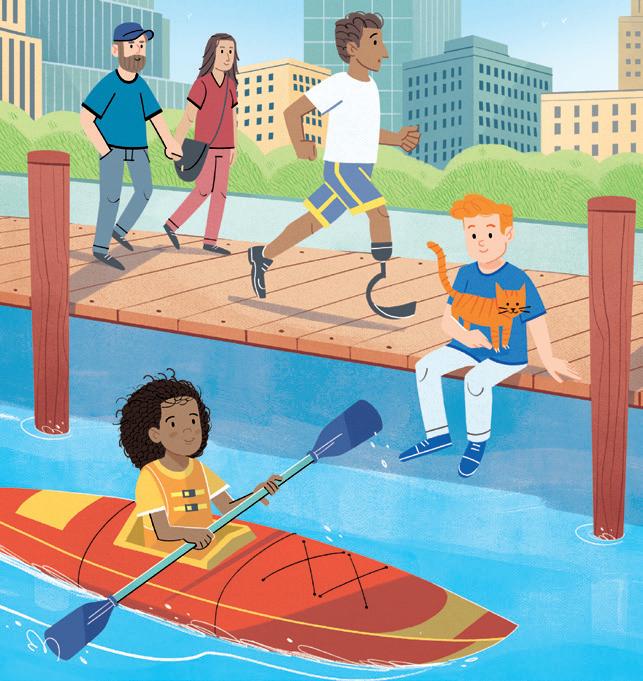

Listen: octops. Yor trn!
Other words have that same beinnin sond. Oz is one of them.
Oz is a name that starts with O
As we read, listen for more Oo words.
Now let’s read the story: Oz and the Octops
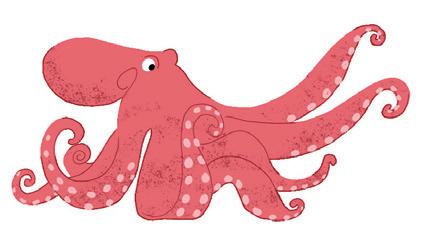
Letter learning comes to life through the words in each fun story.
Each page reinforces print concepts with a top-to-bottom and left-to-right orientation.
Letter Learnin 1. Which word beins with capital H? 2. Cont how many words bein with lowercase h 3. Look at the pictres. Find other thins that have the same beinnin sond as hammer
Story-based prompts promote letter learning, meaning making, and figuring out feelings. To view a complete student reader, go to: LWTears.com/AtoZ




With Student Digital Learning early literacy learners get a robust platform they can use for independent practice, including immersive, skills-building games and read-alouds for each letter story. Teachers assign each letter-based lesson, giving students a variety of opportunities for fun practice that reinforces literacy skills.
Teachers can assign students digital editions of any of the 26 letter books, giving students practice for their independent reading skills.

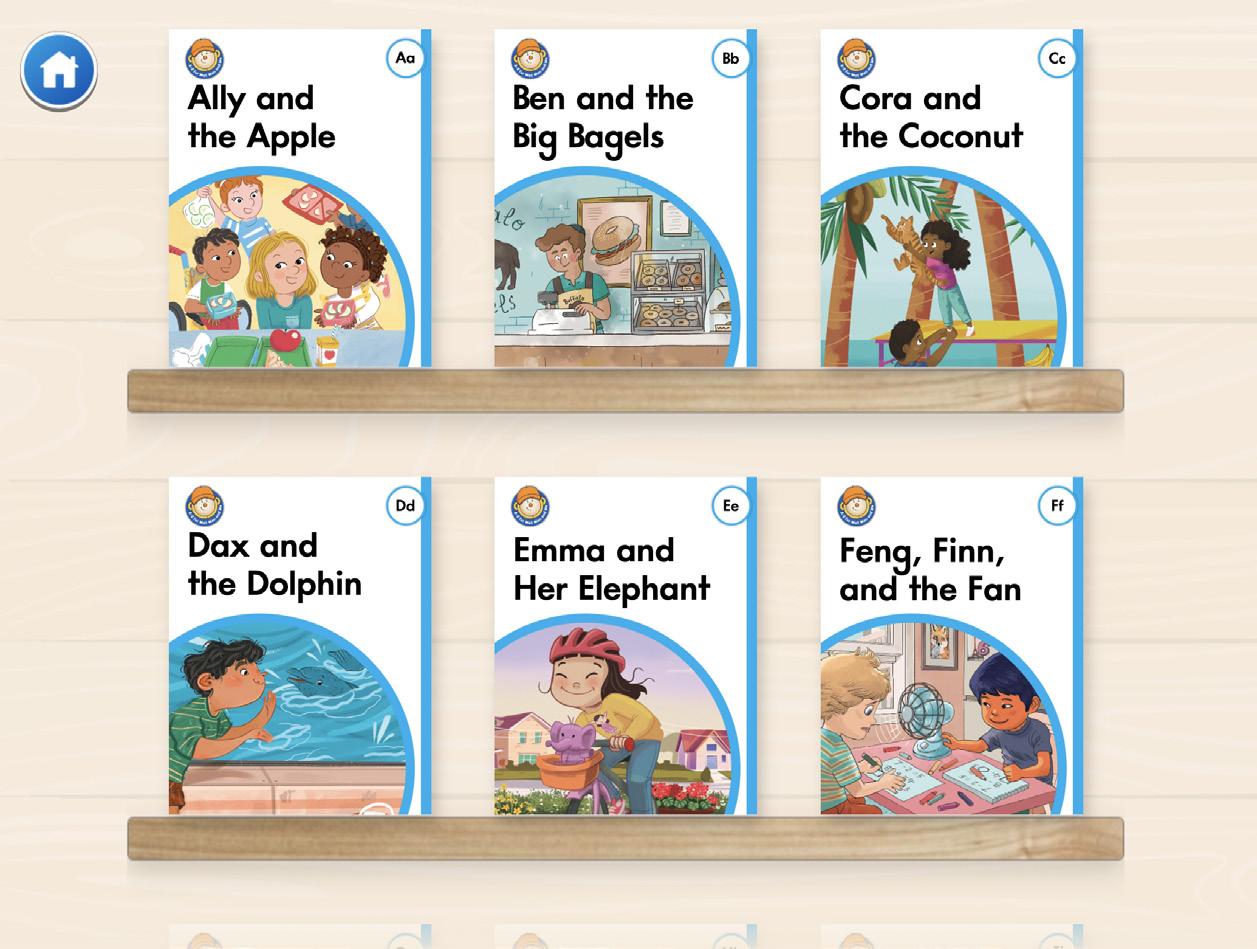


Infuse some fun into practice time with interactive games, featuring characters from the letter books. Earn stickers by completing each teacherassigned activity!
Complete teacher-assigned practice work for emerging and developing readers. Digital practice pages can be submitted via the app or printed and uploaded.




Read-alouds make storytime anytime!

Students love practicing letter formations with Wet-Dry-Try, a digital edition of the popular slate and chalkboard activity.
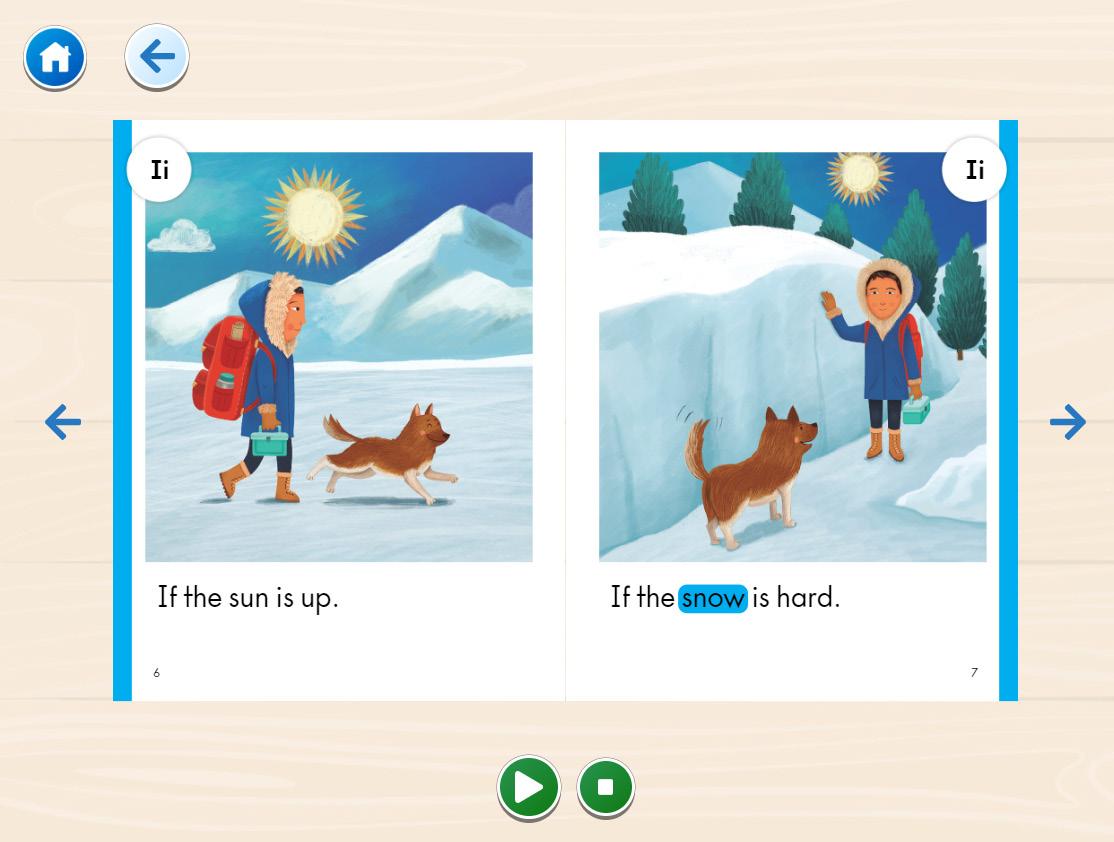


Each student can extend their alphabet learning and comprehension independently with their own personal practice books for emerging and developing readers.
The top of each page includes letter formation practice based on Handwriting Without Tears®’ unique formations.
Students practice identification of the letter form and the letter sound through pictures.
Children also have opportunities to identify pictures or words in the world around them that include the target sound.


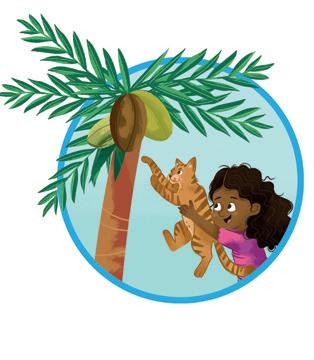






Practice suited for students who are still learning letters and letter-sounds



Practice suited for students who know their letters and are mastering letter-sounds
Practice begins with recall of the text.
Each page focuses on a specific story element.
Children draw pictures about events, characters, or setting in each story using a variety of graphic organizers.









The Interactive Teaching Tool drives student engagement through fun, interactive activities the whole class can enjoy, including read-alouds for each letter book, games, and a wealth of videos.

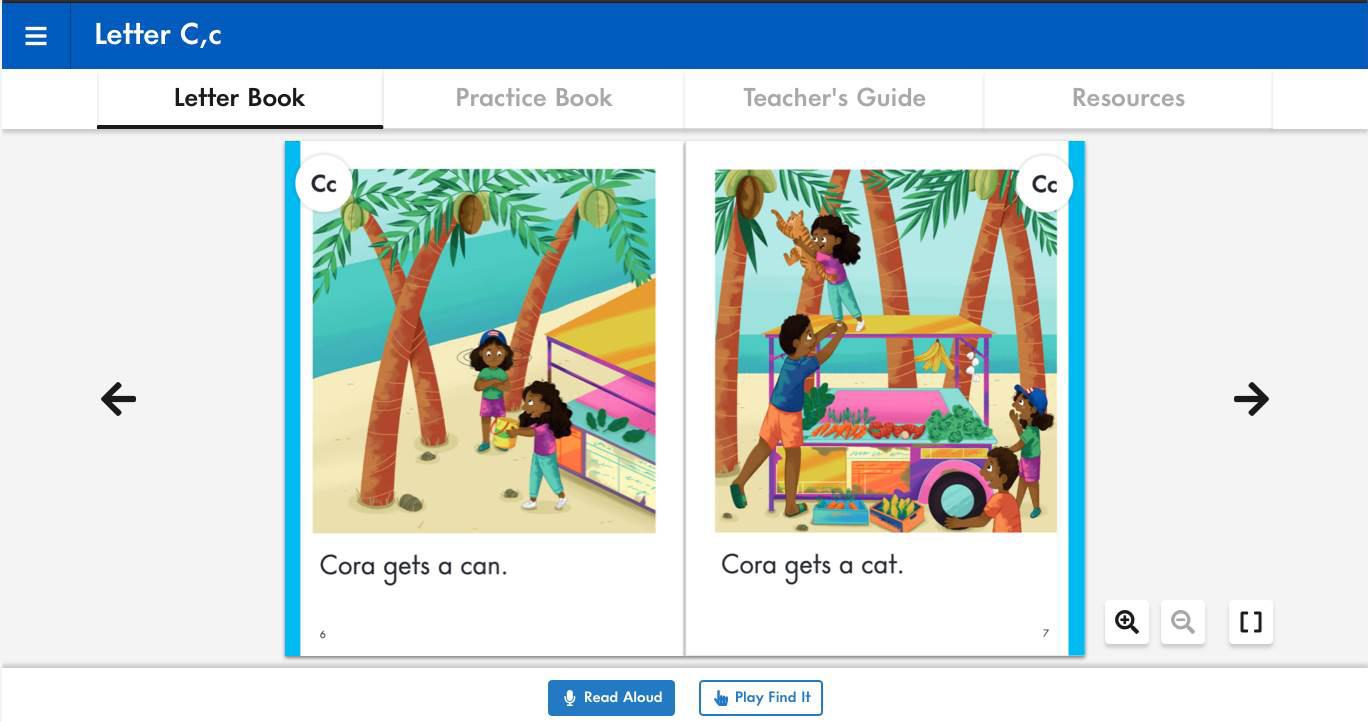


Each letter has a unique story. And using the Interactive Teaching Tool, you can access digital editions of each book, along with readalouds featuring diverse voices that strengthen letter-to-sound connections.
• PROJECT games and stories onto your whiteboard
• PLAY Find It activities with students (whole class or small group)

The complete, 200-page Teacher's Guide can be found in the Interactive Teaching Tool. This extensive resource provides:
• LESSONS for teaching each letter
• SUGGESTIONS for differentiating your instruction



All the help you need is at your fingertips! In the Professional Learning portion of the tool, you'll find tips for making the most of your limited instructional time.







Extend your instruction with a variety of interactive resources!
• WATCH cross-curricular videos
• PROJECT interactive letter formations
• PLAY Wet-Dry-Try with each letter

Letter learning lessons help readers identify letters, sounds, and words using pictures that allow them to explore the world around them.
• Explicitly teaches each letter’s name, sound, and form
• Develops grapheme-phoneme correspondences
• Incorporates letter formation from Handwriting Without Tears
Help students recognize, segment, and blend syllables, onset-rime, and phonemes.
Introduce readers to follow words on a page: from top to bottom and left to right. Prompts also help students:
• Recognize words in a spoken sentence
• Recognize written words and represent spoken words
• Recognize capital and lowercase letters
Research-based scaffolds in each lesson help ground the instruction for multilingual speakers.
• Focus on the biggest blockers to language acquisition for the target letter
• Support transfer of primary language skills to English
• Build reading comprehension skills
Each lesson features two instructional paths—Emerging Readers and Developing Readers—allowing you to adapt instruction to meet all student needs.




Meaning Making lessons target specific story elements, helping students practice recall of the text while strengthening connections between letters, words, and ideas.
Prompts provide opportunities for discussion with students about story elements:
• Identify characters, settings, and major events in a story
• Identify the problem and the solution of a story
• Describe the actions and feelings of the main characters
• Use text evidence to support a response to a story
• Use words and phrases through conversation after reading
• Discuss topics with prompts and support
• Provide an oral, pictorial, or written response to a story
• Clarify the meaning of unknown and multiple-meaning words
SEL is woven into the Student Letter Books and Meaning Making lessons as children read, think, talk, and write or draw about five key habits:
• Problem Solving
• Understanding Feelings
• Persistence
• Cooperation
• Kindness
Teachers can consult suggested activities for evaluating student progress, including conditional charts and digital resources that help identify and overcome stumbling blocks students face while on their alphabet journeys.




Our instructional design builds alphabet knowledge by integrating phonics with connected text, helping children develop into beginning readers. The program's instruction and practice are driven by four, research-backed recommendations for teaching students early literacy skills.
This fun-filled read-aloud book is a starting point for the letter learning journey students will continue with the Student Letter Books.
By using the same exemplar words for both the Student Letter Books and the read-aloud book, children will begin to associate sounds with letters, while they build oral language and word knowledge.






A! Wow! st look at that apple. A is also for astronat and alliator
The exemplar words from each letter book are integrated throughout the parade, offering a glimpse of the other stories.




Next p—letter . There’s a bi bael, a bear with a bano, a beatifl baby bll, and a brown bffalo balancin on a ball.

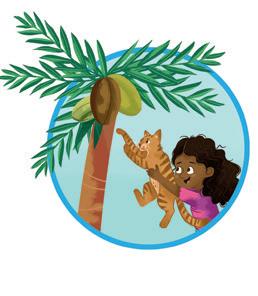

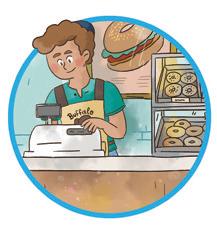
Use this book to launch into either the Student Letter Books or the practice books.
Each student reader is thoughtfully created with an exemplar word, original story line, and age appropriate topics, while teaching SEL habits and opportunities for cross-curricular connections.

M mask
Mac and the Magnificent Masks: Mac and Marcos are making animal masks at school. Mac makes an amazing macaw mask, but Marcos is not happy about how his mask is turning out. Can Mac help Marcos?
ATtomato
Tere and the Tomato: Tere is growing tomatoes for the first time. Are the tomatoes ready yet? Tere can’t tell!
apple
nest
Ssun
Ally and the Apple: Ally is missing her two front teeth and can’t bite into her apple. Will her friends help her?
Nell and the Nest: Nell find a nest! She is so excited, she runs to tell Nana. Nana tries to show Nell it is okay to look at things in nature but not touch them. Will Nell listen?
Sam in the Sun: Sam and his dog Sid are playing outside in the summer. Poor Sid! His hair is so hot! Can Sam find a way to help Sid cool down?
creativity, art, animals
growing vegetables, family
teeth, lunch, school
birds, nests, nature, family
pets, weather R rake
Rex and the Rake: There is a pesky raccoon on the roof. Rex tries to get it down, but it will not move. Will the raccoon ever get off the roof?
animal pests, weather P piano
Paco and the Piano: Paco and Papa are at a community park party when they see something unusual—a piano in the park! Paco loves playing the piano, but will he be able to put his shyness aside to play piano at the park?
community parks/ parties, music, piano
• Beginning sound isolation: /m/
• Syllable segmentation
• Onset-rime segmentation
• Beginning/ending sound isolation: /t/
• Syllable segmentation
• Onset-rime segmentation
• Beginning/middle sound isolation: /ă/
• Syllable segmentation
• Onset-rime segmentation
• Beginning sound isolation: /n/
• Syllable segmentation
• Onset-rime segmentation
• Beginning sound isolation: /s/
• Syllable segmentation
• Onset-rime segmentation
• Beginning sound isolation: /r/
• Syllable segmentation
• Onset-rime segmentation
• Beginning sound isolation: /p/
• Syllable segmentation
• Onset-rime segmentation
• Rhyming Words
• Phoneme Substitutions
• Phoneme segmenting in three-sound words
• Phoneme segmenting and blending in three- sound words
• Phoneme segmenting and blending in threesound words
• Phoneme segmenting and blending in threeand four-sound words
• Phoneme segmenting and blending in threeand four-sound words
• Phoneme segmenting and blending in threeand four-sound words
• Final sound substitution
• Phoneme segmenting and blending in threeand four-sound words
igloo
D dolphin
H hammer
Ikiaq and the Igloo: The snow is just right, so Ikiaq starts to make an igloo. But soon, Ikiaq feels ill. Will his igloo get done?
Dax and the Dolphin: Dax is on a diving boat with his dad when he sees a dolphin tangled in the net. Can Dax and his dad help the dolphin?
Hana Has a Hammer: The horse, the hen, and the hog have all escaped the pen! Can Hana round them up and get them back?
Gabby and Her Goat: Gabby has a goat named Gus. Gus is helpful on the farm, but sometimes Gus gets into things he shouldn’t. Can Gabby think of a way to solve the Gus problem?
tradition, winter, snow, family
oceans, diving, dolphins, ocean trash
farms, farm animals, fixing things
farms, goats
• Beginning sound isolation: //
• Syllable segmentation
• Onset-rime segmentation
• Beginning sound isolation: /d/
• Syllable segmentation
• Onset-rime segmentation
• Beginning sound isolation: /h/
• Syllable segmentation
• Onset-rime segmentation
• Beginning sound isolation: /g/
• Syllable segmentation
• Onset-rime segmentation
• Final sound deletion
• Phoneme segmenting and blending in threeand four-sound words
• Final sound deletion
• Phoneme segmenting and blending in threeand four-sound words
• Phoneme segmenting and blending in threeand four-sound words
• Phoneme segmenting and blending in threeand four-sound words
Lola and the Lock: Lola has a box where she keeps all of her special things. One day Lola can’t find the key to the box. Will she be able to find it?
special things, chores, laundromat O octopus
Oz and the Octopus: Oz is at the aquarium. He can’t wait to see the octopus. But when he gets to the tank, he notices the octopus is missing! Can Oz help find the octopus?
visiting an aquarium, ocean animals, octopus
F fan
B bagel
C coconut
Z zipper
V vacuum
U umbrella
K kayak
J jellyfish
Feng, Finn, and the Fan: Feng and Finn are doing school work, but the fan on the table is blowing at them. Can they find a way to keep the fan going without it bothering them?
Ben and the Big Bagels: Ben makes bagels, but when they come out of the oven they are huge! The bagels don’t fit in the bags or the bin. Where can Ben put the big bagels?
Cora and the Coconut: Cora wants a coconut, but she can’t get it. Will the coconut come down so she can make a tasty treat?
Zack and His Zipper: It is freezing outside, and Zack’s zipper is stuck. Will he have to stay inside while everyone else goes out to play?
HVic, Val, and the Vacuum: Val is practicing her violin when Vic knocks over a bowl of popcorn. Vic gets out the vacuum to clean up, but the vacuum is so loud! Can Val get Vic’s attention to stop?
Umberto and the Umbrella: It looks like it is going to rain, but Umberto refuses to take the ugly umbrella with him. Will Umberto get all wet?
Kaya and the Kayak: Kaya is kayaking on a city river when she sees a kid’s kite fall into the water. Can Kaya help rescue the kite?
Jana, Jen, and the Jellyfish: Jana is a student helper in Jen’s class. Jen and Jana want to work together to make something cool to share with the class. What will they make?
friends, learning pods, school at home, homework
stores, neighborhoods, baking
fruit trees, cooking, tropical islands
school, weather
cleaning, noise, music, violin, family
weather, family
urban water sports, exercise, kites
creativity, student helpers, art, writing, school
PHONOLOGICAL AWARENESS
• Beginning sound isolation: /l/
• Syllable segmentation
• Rhyming words
• Onset-rime segmentation
• Beginning sound isolation: /ŏ/
• Syllable segmentation
• Onset-rime segmentation
• Beginning sound isolation: /f/
• Syllable segmentation
• Onset-rime segmentation
• Beginning sound isolation: /b/
• Syllable segmentation
• Onset-rime segmentation
• Beginning sound isolation: /k/
• Syllable segmentation
• Onset-rime segmentation
• Beginning sound isolation: /z/
• Syllable segmentation
• Identify rhyming words
• Beginning sound isolation: /v/
• Syllable segmentation
• Identify rhyming words
• Beginning sound isolation: /u/
• Syllable segmentation
• Onset-rime segmentation
• Beginning sound isolation: /k/
• Syllable segmentation
• Onset-rime segmentation
• Beginning sound isolation: /j/
• Syllable segmentation
• Onset-rime segmentation
• Final sound addition
• Phoneme segmenting and blending in threeand four-sound words
• Sound substitution and addition
• Phoneme segmenting and blending in three- and four-sound words
• Phoneme segmenting and blending in three- and four-sound words
• Final sound deletion
• Phoneme segmenting and blending in three- and four-sound words
• Phoneme segmenting and blending in three- and four-sound words
• Onset-rime segmentation
• Phoneme segmenting and blending in three- and four-sound words
• Onset-rime segmentation
• Initial sound substitution
• Phoneme segmenting and blending in three- and four-sound words
• Phoneme segmenting and blending in three- and four-sound words
• Phoneme segmenting and blending in three- and four-sound words
• Final sound additioin
• Phoneme segmenting and blending in three- and four-sound words
watermelon
Wes and the Watermelon: Welcome to the Wolf River Race! Wes wants to win the race, but will the big wave get in his way?
community events/race, nature E elephant
Emma and Her Elephant: Emma loves her elephant. She brings it everywhere she goes. One day, her elephant is missing. Where could it be?
pets, security objects
• Beginning sound isolation: /w/
• Syllable segmentation
• Onset-rime segmentation
• Beginning sound isolation: /ĕ/
• Syllable segmentation
• Onset-rime segmentation
• Phoneme segmenting and blending in three- and four-sound words
• Phoneme segmenting and blending in three- and four-sound words
Y yo-yo
x-ray
quilt
Yolanda and the Yo-Yo: Yolanda has a yo-yo. Yaz wants to try it, so Yolanda gives her a turn. Will Yaz ever give the yo-yo back?
Xavier Gets an X-ray: Xavier gets hurt playing baseball. What will the x-ray show?
Quinn and the Quilt: Quinn makes a queen’s robe out of her big, red quilt. But she trips and knocks over a big jug of water. Now her robe is all wet! Dad is too busy to help. Can Quinn think of a way to solve her problem?
Mexico, neighbors
baseball, broken bones
make-believe, pretend play
• Beginning sound isolation: /y/
• Syllable segmentation
• Onset-rime segmentation
• Beginning sound isolation: /ks/
• Syllable segmentation
• Onset-rime segmentation
• Beginning sound isolation: /kw/
• Syllable segmentation
• Onset-rime segmentation
• Phoneme segmenting and blending in three-sound words
• Initial sound substitution
• Phoneme segmenting and blending in three- and four-sound words
• Phoneme segmenting and blending in three- and four-sound words
Learning Without Tears programs are eligible for educational grants and funding. Our proven-effective, developmentally appropriate programs focus on foundational learning; including early learning, handwriting, keyboarding, alphabet knowledge, phonemic awareness, and high-utility phonics skills.
Title I, Part A
Title I funds can be used to help students meet academic standards by supplementing the existing programs with additional teachers, intervention programs, supplemental materials, technology, professional development, and more.
Title II is used to increase academic achievement of students by improving teachers and school leadership quality. These funds directly support evidence-backed professional development opportunities.
III
IV - SSAE
Title III offers provisional funds to ensure that English Learners (ELs) have access to instructional programs and tools to become proficient speakers, listeners, readers, and writers of the English language.
Student Support and Academic Enrichment Grant; Title IV, Part A
Provide all students with access to well-rounded education; improve school conditions for student learning and improve use of technology to support academic achievement.
The Individuals with Disabilities Education Act (IDEA) provides funding for specially designed interventions or instructions for students with disabilities and the monitoring of their progress. Funds are distributed based on individualized education plans of students.
21st Century Community Learning Centers
ESSER III
21st Century Schools is a competitive grant program designed to create and support before- and after-school community learning centers that provide academic enrichment to students in low-income communities and low-performing schools.
ESSER III: American Rescue Plan






























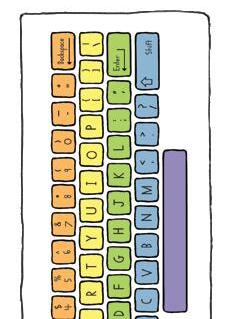














Mat Man is a fun character who children may recognize from other Learning Without Tears programs. He embodies our unique approach to engaged learning.




Mat Man greets readers at the start of each Student Letter Book with a rhyme that introduces the letter sounds, names, and exemplar words they will learn. He can also be found in Mat Man® and the Great Alphabet Parade, a read-aloud experience.


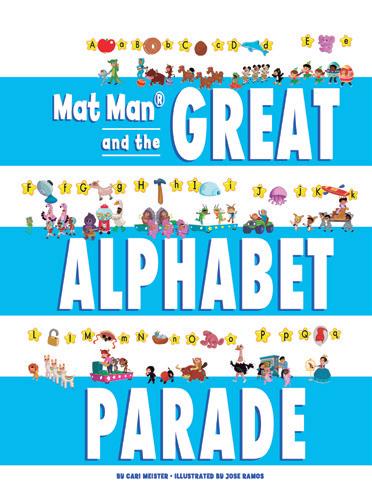


Listen: bael. Yor trn! Other words have that en is one of them. en is a name that starts As we read, listen for
Now let’s read the story: en and the i aels

